Why was the Roman army so powerful?
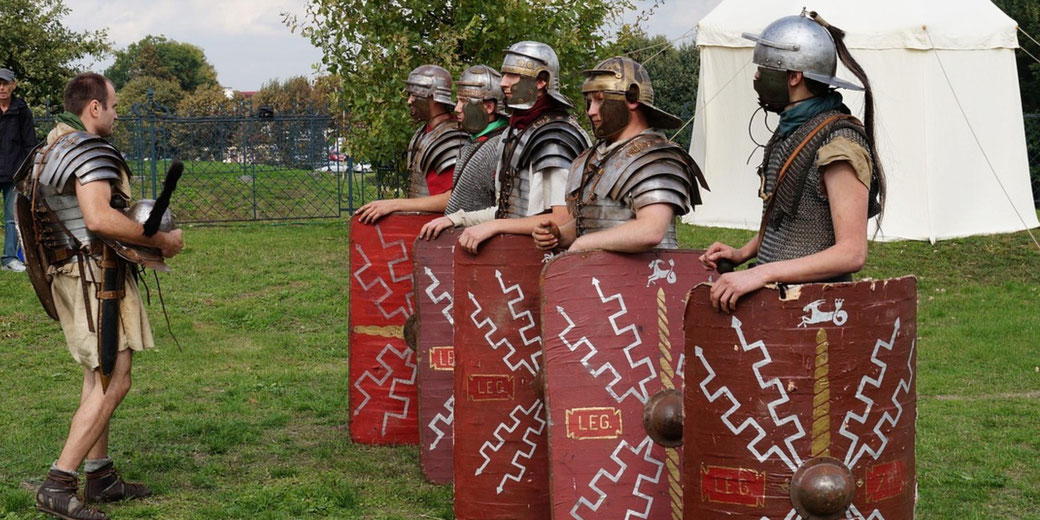
One of the most enduring images of ancient Rome is that of the legionary: a well-trained and equipped soldier.
This image is based on the fact that the Roman army was one of the most effective and efficient fighting forces in the entire ancient world.
Very few armies from other cultures could defeat it.
By the time of the Roman Empire, the Roman army had become a professional organisation.
That means that a person could make a career of being a full-time soldier.
They could be paid a wage and be sufficiently trained. This was quite different to other ancient societies, where their armies were made up of part-time warriors who were regular farmers or civilians for most of the year.
At the height of the empire, there were over 500,000 full-time soldiers in the Roman army, and individual battles could see tens of thousands of men together at the same time.
To effectively command and use such large forces, ancient Rome created a simple system of organisation.
The soldiers were divided up into groups of 6000 men called ‘legions’. Each legion trained and worked together, and became a well-disciplined team who knew how to follow orders correctly.
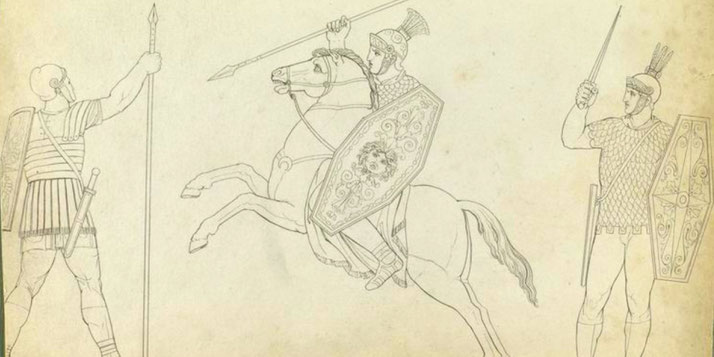
Roman army structure
During the Roman empire, there were two kinds of soldiers in the army: legionaries and auxiliaries.
A legionary was the central soldier in the army. They were adult, male, Roman citizens who had signed up to fight and train full-time.
A person usually served for 25 years and was paid a regular wage from the imperial government.
New recruits were given a grueling training regime that taught them how to use their weapons and how to fight in a coordinated manner with the rest of their legion.
If they were lucky enough to survive until the end of their service, they were given land when they retired.
An auxiliary soldier, on the other hand, was not a Roman citizen. They were people from other cultures and societies that were not yet considered to be fully Roman.
However, they could still sign up to join the army, but they were only paid one third of the same wage as a citizen legionary.
Also, like the legionaries, they were organized into units, but were only tenth of a legion uint’s size.
Regardless, auxiliaries still received dedicated training and knew how to fight together with the legions.
Since they were cheaper than regular legionaries, many Roman armies had more auxiliaries on a battlefield than legionaries.
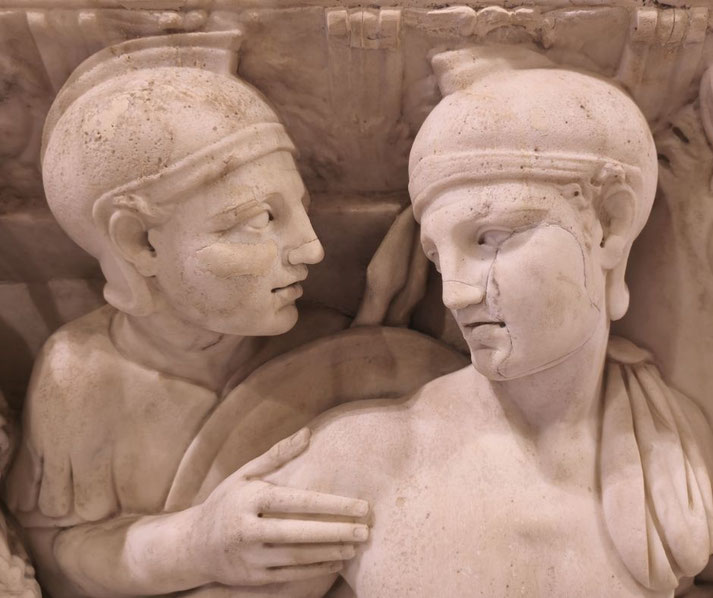
Training
What made the Roman army so different to almost every other culture is that their soldiers were professional.
Since they were paid to be there full-time, they didn't have to spend time farming or doing other duties.
As a result, when a legion was not fighting a battle, they were training and honing their skills.
The training regime of a typical soldier was quite strict. They were expected to march 20 miles (over 30 km) a day, in full armour while carrying all of their equipment.
At the end of the day, the soldiers were even expected to build a fully walled camp for the night in just a few hours.
They would then repeat these exercises every day. They were taught how to use their spears and swords effectively, and how to march together according to specific orders and tactics.
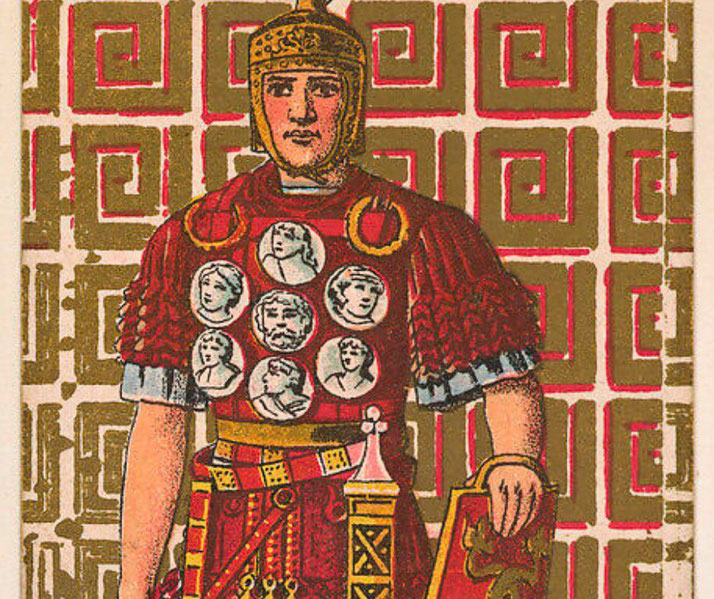
Battle tactics
On the battlefield, the rigorous training the legions undertook really paid off. Trumpeters played music that acted as the commands for each legion.
The soldiers heard the music and knew where to move and what to do.
The army usually lined up in straight lines and used their shields together as a solid, protective wall against arrows and missile attacks.
The soldiers typically marched at a steady pace until they were close to their enemy.
They would then throw their spears (pilum) into the opposing force, before drawing their swords (gladius) and charging the enemy.
The Roman army did have cavalry, but they didn't operate like medieval knights: they didn't charge into enemy lines.
This was because the Roman cavalry hadn't developed stirrups, and a direct charge meant that the riders would immediately be thrown off their horses.
Instead of charging the enemy, Roman cavalry usually waited for the opposing soldiers to run from battle, and then they would ride in and cut down the fleeing men.
Also, while the Roman army did have archers and peltasts, they weren't particularly effective, and were not present in substantial numbers.
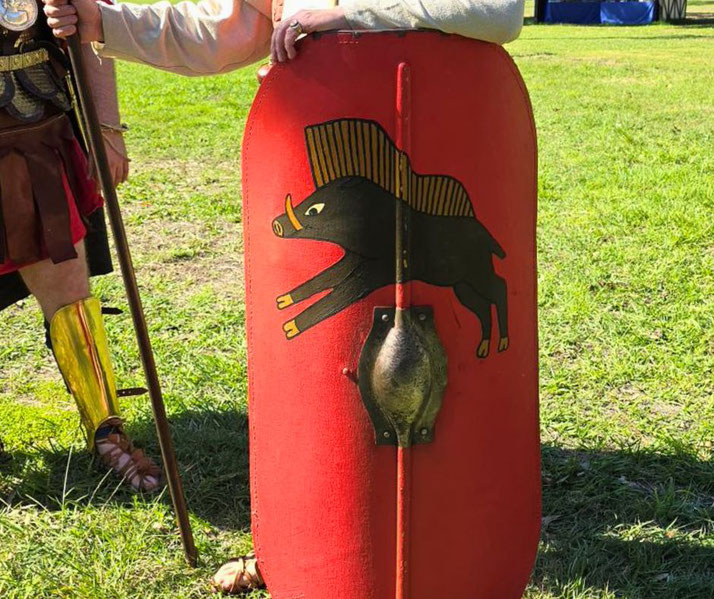
What do you need help with?
Download ready-to-use digital learning resources
Copyright © History Skills 2014-2025.
Contact via email
With the exception of links to external sites, some historical sources and extracts from specific publications, all content on this website is copyrighted by History Skills. This content may not be copied, republished or redistributed without written permission from the website creator. Please use the Contact page to obtain relevant permission.





